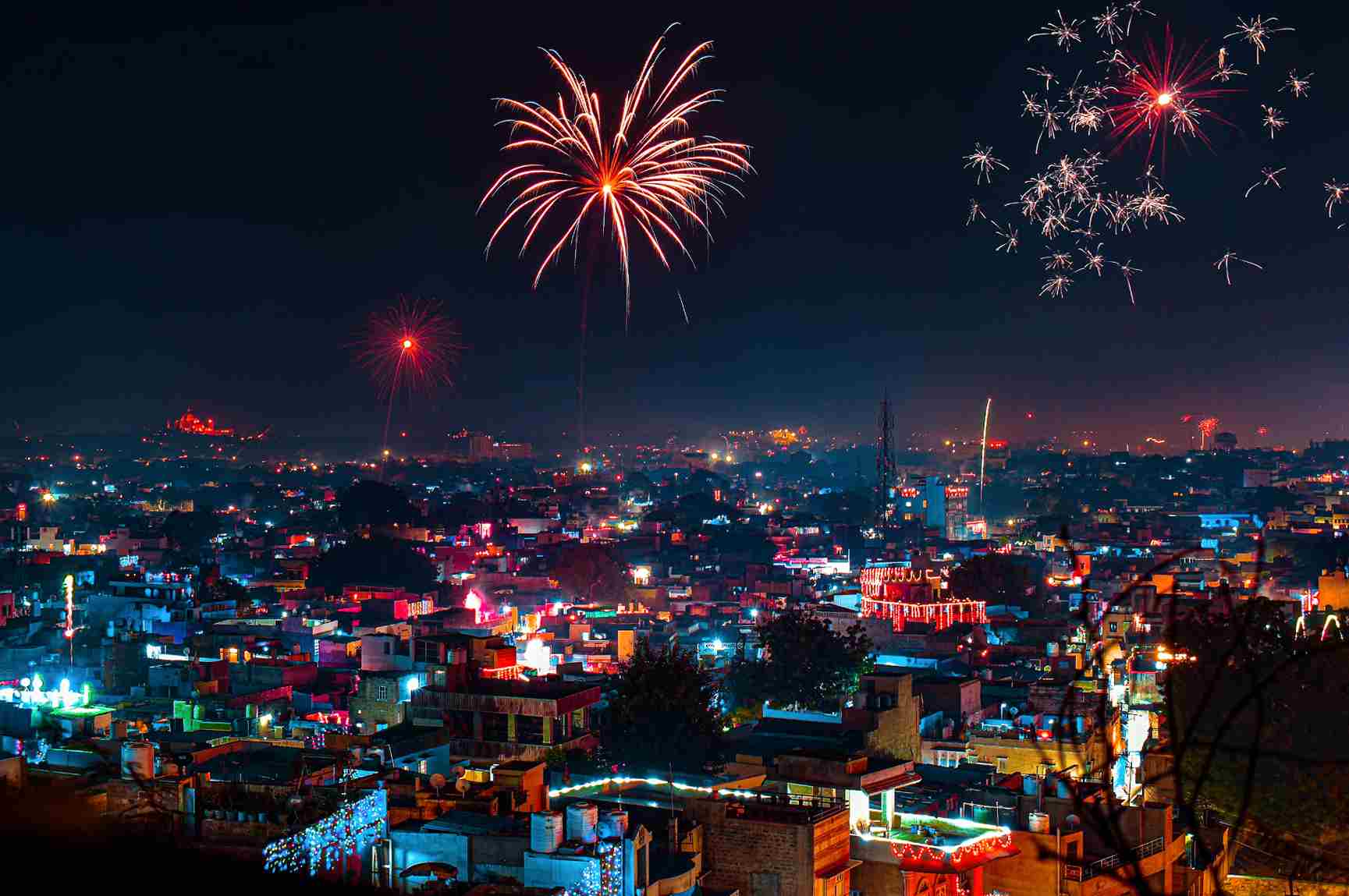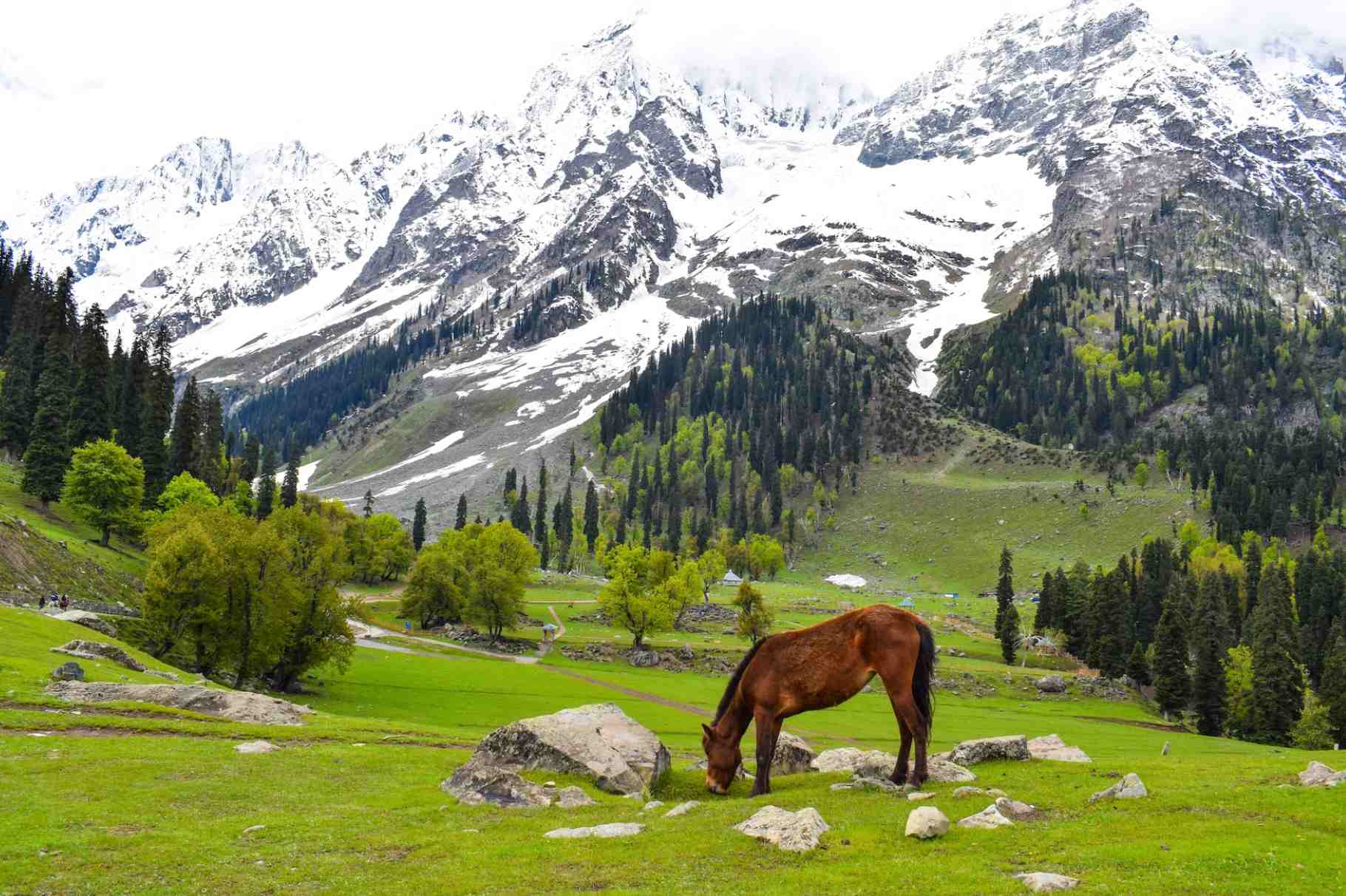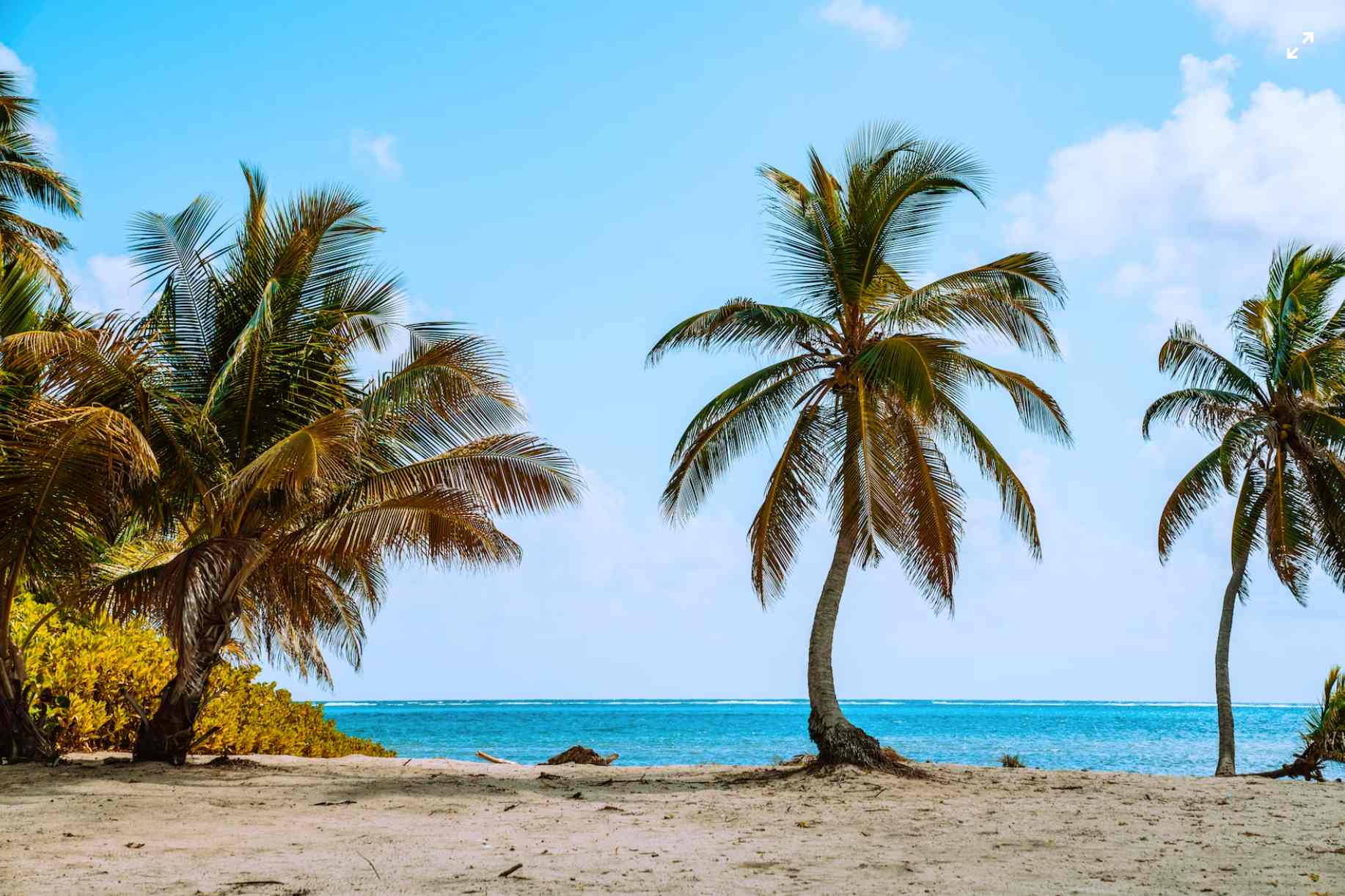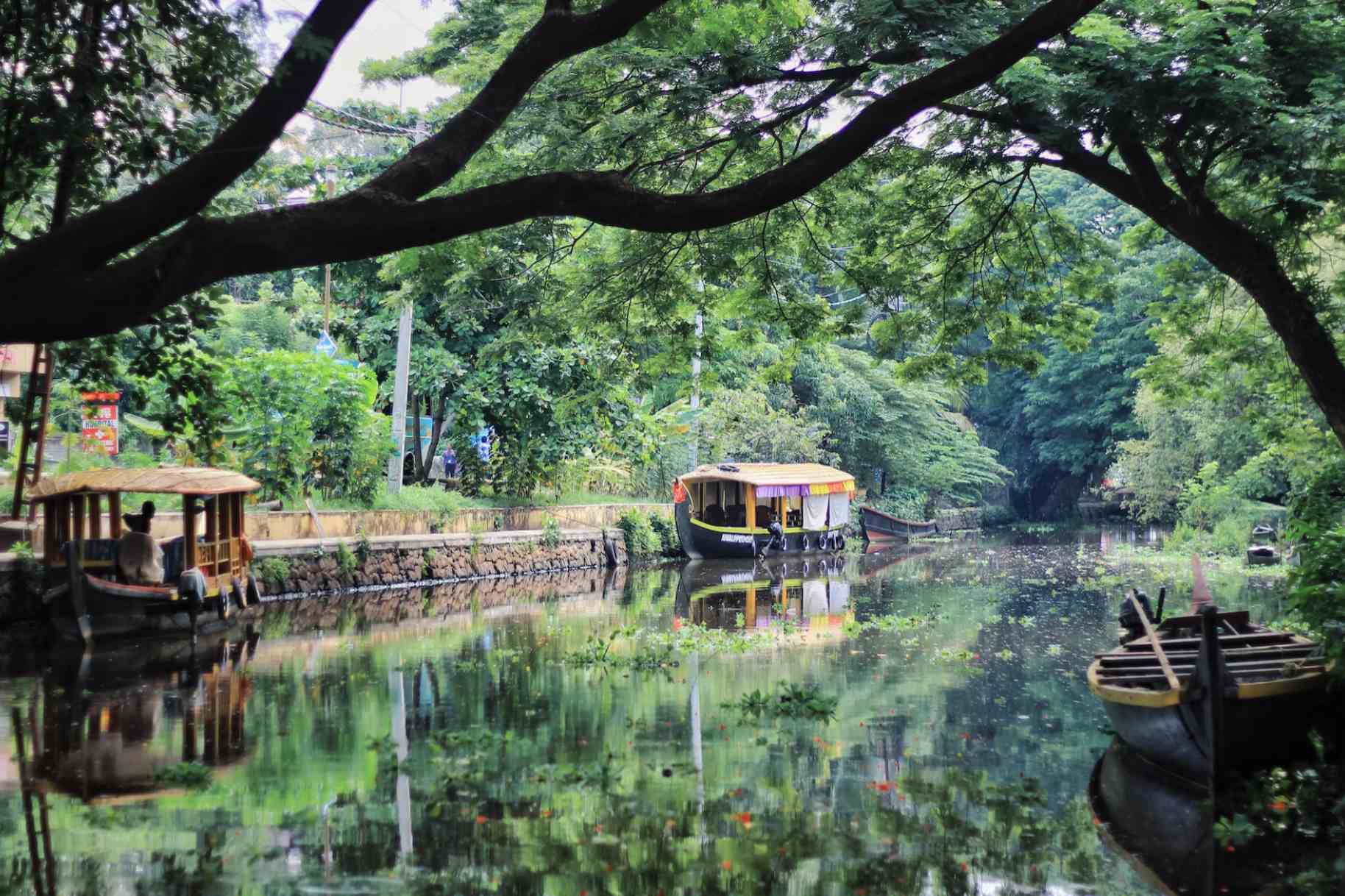Guidelines for Setting Up Campsites in Kerala
 Maximum time to complete: 8 mins
Maximum time to complete: 8 mins
Setting up a campsite in the serene and diverse landscapes of Kerala is a wonderful endeavour that allows nature enthusiasts to embrace the beauty of this southern Indian state. Nestled between the Western Ghats and the Arabian Sea, Kerala's natural charm is nothing short of breathtaking, making it an ideal location for camping and outdoor adventures. However, to ensure that these experiences are not only memorable but also safe and sustainable, the Kerala Adventure Tourism Promotion Society (KATPS) has established comprehensive guidelines for campsite setup.
These guidelines are designed to foster responsible camping practices that respect both the environment and the local communities. They outline crucial aspects related to safety, conservation, and guest experiences, making it a holistic reference for those looking to organise camps in the picturesque settings Kerala offers. Whether you're planning a camp amidst lush forests, along pristine beaches, or near quaint rural villages, these guidelines are your compass to create unforgettable experiences while preserving the natural beauty of Kerala.
In the following sections, we will delve into these guidelines, breaking down the key considerations for campsite setup. From safety measures and emergency procedures to waste management and responsible camping practices, these guidelines provide a comprehensive roadmap for ensuring that your camping experience aligns with the captivating spirit of 'God's Own Country' while safeguarding its natural treasures. So, let's embark on this journey, exploring how to set up a campsite that not only harmonises with Kerala's incredible landscapes but also contributes to the sustainable growth of adventure tourism in this captivating state.
Setting Up Your Campground
To organise camping, your business should be officially registered, like a company, society, proprietorship, or partnership, and have a valid address and GST registration.
You need permission from the Local Self Government Department (LSGD) to operate a camp. To get this, you have to provide:
An application for No Objection Certificate
Proof of your firm's registration
Proof of land ownership (which may include land tax receipts or lease agreements)
A clear site plan of your campground
A self-affidavit certifying that you meet safety guidelines
After submitting these documents, you'll receive an acknowledgment receipt from LSGD, allowing you to operate your camp for two months.
Next, you should apply for registration with the Tourism Department. An expert committee will visit your campsite for verification. During this visit, an LSG Department representative may join to check safety standards and issue a definite NOC.
Campground Requirements
You must have public liability insurance coverage.
Your campsite should have on-site toilets and proper waste management. It should follow green practices.
Permanent campsites should have facilities like a dining area, washrooms, luggage storage, a first aid area, and a hygienic kitchen.
Ensure clean water and adequate lighting (electricity or conventional means).
The maximum campsite capacity for overnight stays depends on the number and type of tents.
Respect nature and people's privacy while camping. Keep noise to a minimum, especially at night. Use lighting that enhances safety but doesn't disturb neighbours or wildlife.
Community Engagement: Encourage the local community to get involved in the camping experience. This helps them understand and appreciate the campsite and its conditions.
Safety Compliance: Strictly follow the safety guidelines issued by the State Health Department.
Choosing the Right Campsite
Selecting a safe and suitable camping site is crucial for both permanent and portable tents. Here's what to consider:
Campsite Near Forest Areas
Study the site for any wildlife presence, like elephants.
Avoid setting up tents along wildlife trails or near the forest boundary.
Keep the area between the campsite and forest free of weeds and bushes.
Maintain a 24/7 vigil if your campsite is close to the forest, with staff taking turns to watch for wildlife.
Have a warning system for potential wildlife encounters.
Create a firebreak between the forest boundary and your campsite.
Position tents to use natural protections like rocks or streams.
Ensure there's at least one safe, lockable shelter for guests.
Clear the campsite of items that might attract wild animals, like ripe fruits.
Beach Locations
Tents should be at least 100 feet from the beach, extending to 150 feet during high tide.
Cliffs & Hilltops
If cliffs lack safe fencing, tents should be 200 feet away from the edge.
Avoid open hilltop spaces exposed to lightning and heavy winds.
Water Sources
Tents should be 200 feet away from water sources for drinking.
Rivers with Flood Risk
Maintain a distance of 100 metres from the river during the rainy season or if there's a flood risk warning.
Areas Prone to Landslides
Keep a safe distance of 200 metres, especially during the rainy season or if disaster management authorities issue warnings.
Avoid High Tension Wires
Tents should not be under or within 50 feet of High Tension (HT) wires. Campsites under HT wires shouldn't have structures higher than 14 feet.
Tent Specifications
Use good quality and well-maintained camping equipment, including tents, sleeping bags, ground sheets, and liners.
Disinfect, wash, and dry equipment after each use.
The number of people in each tent should match or be less than its capacity.
Preferably, place tents on elevated platforms with clear passages for easy movement.
Tents on the ground must be sealed to prevent pests' entry and have working zippers.
Special Safety for Water Camping (Floating Tents)
Anchor floating tents to the ground to prevent free floating.
Keep the water depth below 2 metres.
Ensure tents are waterproof and wind-resistant.
Have safe embarkation/disembarkation.
No alcohol for those using floating tents.
Provide enough buoyancy aids.
Avoid using floating tents in flowing rivers or during monsoon or heavy rain.
Follow weather guidelines from meteorological authorities.
Camping in Rural Villages
Provide clean water and safety lighting.
Keep noise levels low, especially at night.
Implement eco-friendly waste management.
Maintain clean campsites and proper sewage systems.
Handle waste to prevent health hazards and environmental issues.
Personnel Requirements
Have an experienced team leader or camp-in-charge.
At least one activity leader with First Aid certification and experience.
Ensure staff are aware of the local flora and fauna, especially wildlife.
Maintain a staff-to-guest ratio of 1:10, with a minimum of 2 staff (1:6 in forest areas with a minimum of 3 staff).
Staff should be well-groomed.
Standard Operating Procedures (SOPs)
Display safety instructions at the campsite.
Show a list of Do's and Don'ts.
Check the site for snakes, scorpions, and spiders before guest check-in.
Brief guests on camp facilities, weather conditions, and potential risks.
Include emergency procedures in the briefing.
If near a forest or areas with wild animals, provide specific instructions.
Prepare and document an Emergency Action Plan (EAP).
Train staff for emergencies and evacuation.
Ensure proper weather forecasting.
Analyze accident data.
Fire Safety
Confirm there's no government fire ban.
Have fire protection measures.
Choose safe campfire locations away from tents and flammable objects.
Keep a fire point with firefighting equipment.
Maintain water sources near fires.
Control fire size.
Supervise fires in forest areas.
Do not leave fires unattended.
No cooking inside tents.
Medical Facilities
Have a first aid kit with essentials.
Staff must have First Aid Certificates.
Maintain contact lists for hospitals, doctors, and ambulances.
Waste Management
Follow eco-friendly waste policies.
Provide waste bins and recycling options.
Properly handle sewage.
Promote eco-friendly practices.
Keep the campsite clean.
Prevent waste from entering water sources.
Maintain proper toilet practices.
Documentation
Keep records of staff details, permits, insurance, and emergency contacts.
Display safety requirements (SOP).
Collect guest feedback, sneakout has a detailed review process for the guests, we will take care of this.
Prepare accident data analysis.
In conclusion, these campsite setup guidelines are your trusted companions in creating an unforgettable camping experience in the captivating realms of Kerala. By adhering to these recommendations, you'll not only ensure the safety and well-being of your guests but also contribute to the preservation of Kerala's pristine natural beauty and cultural heritage. As you embark on this adventure, remember that responsible camping practices are the key to fostering a harmonious coexistence with the environment and local communities. Kerala, with its lush forests, picturesque beaches, and enchanting rural landscapes, offers an exquisite canvas for your outdoor escapades. We encourage you to embrace these guidelines, embark on a memorable journey, and leave behind a positive impact for all those who follow in your footsteps. Happy camping!
Source: KATPS (Kerala Adventure Tourism Promotion Society)
Disclaimer: Sneakout claims no credit for images featured on our blog site unless otherwise noted. All visual content is copyrighted to its respectful owners.



























































































































































































































































